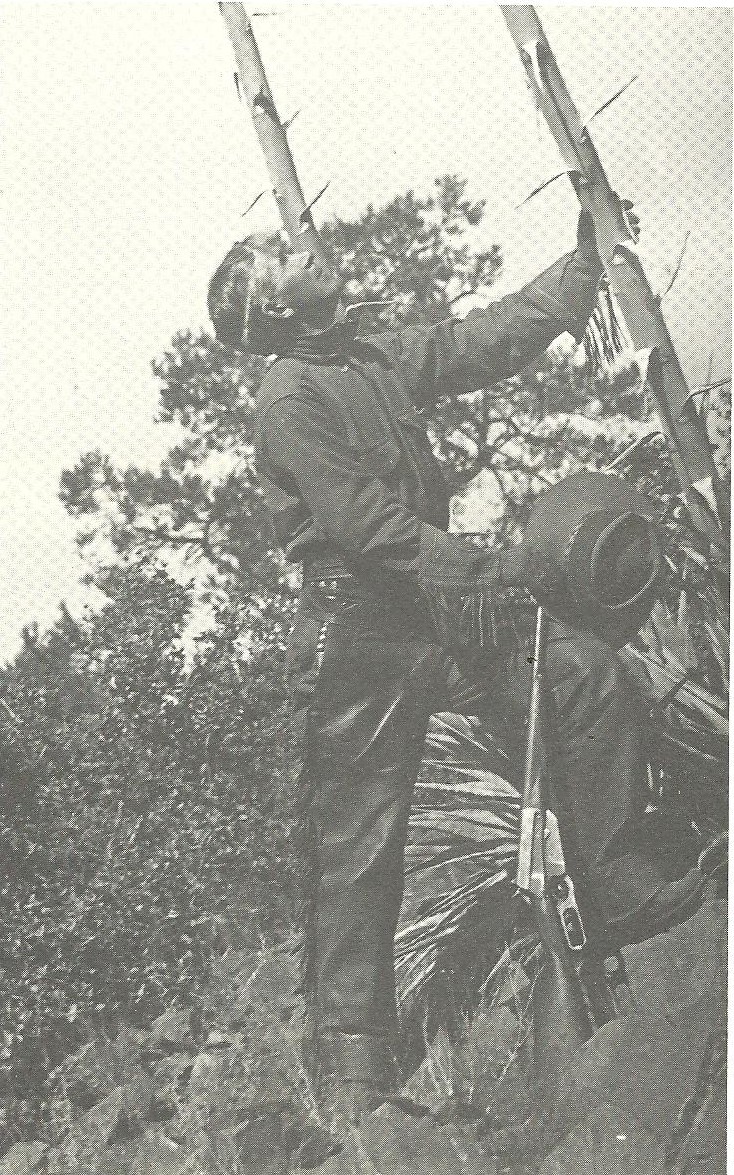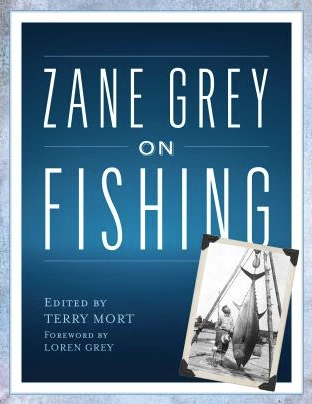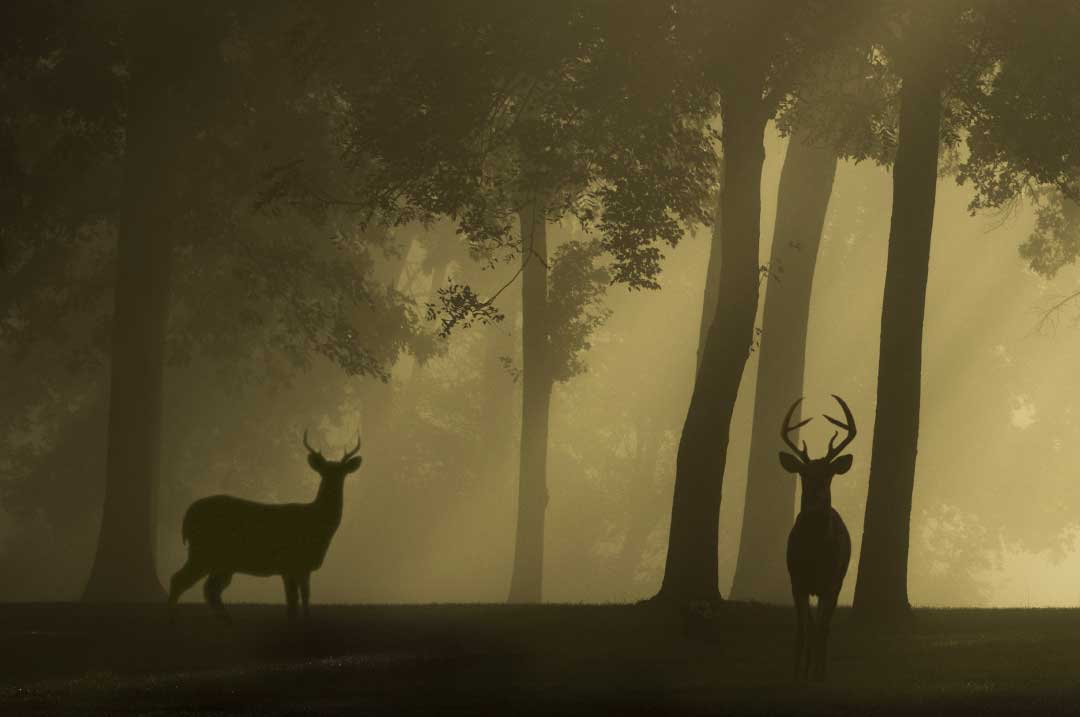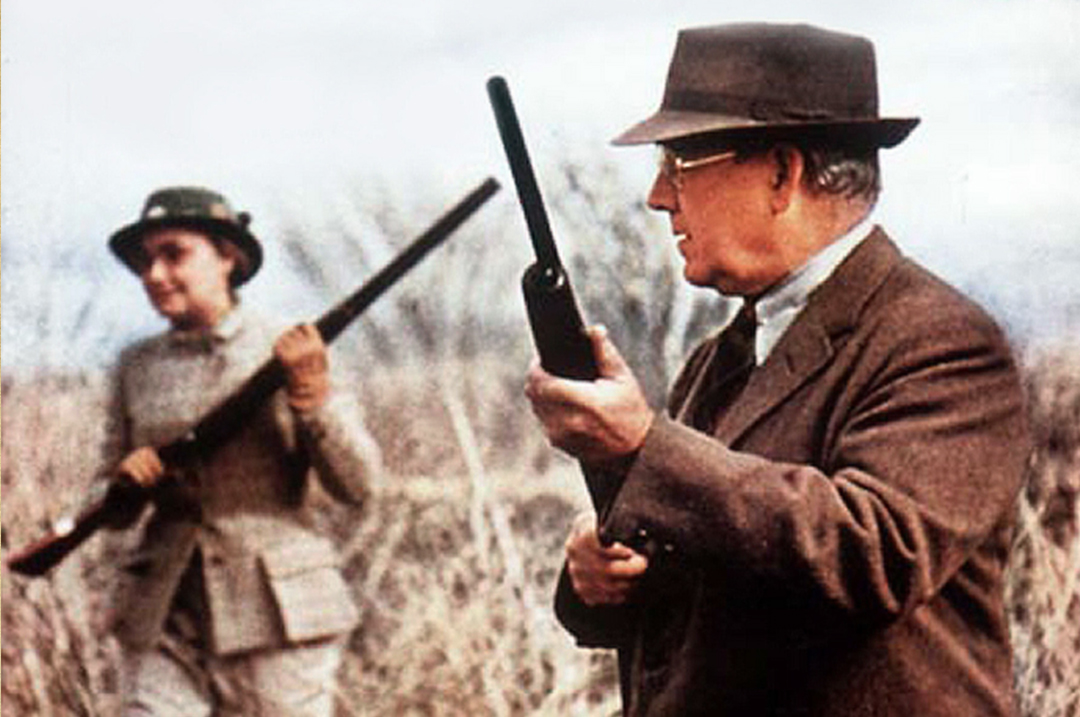Zane Grey, who became one of America’s most successful authors, hunted the “Tonto Rim” of Arizona for most of a decade with Model 1895 Winchesters in .30 Government (.30-06).
What Zane Grey termed the Tonto Rim in Arizona is officially the Mogollon Rim, named for Juan Ignacio Flores de Mogollon (pronounced ‘muggy-own’) who was Capitan-General of Spanish held New Mexico 1715-1717 and home to a flourishing elk population. It was a favorite bear and turkey hunting ground for Grey, who became one of America’s most successful authors, and who hunted there for most of a decade with Model 1895 Winchesters in .30 Government (.30-06).

Zane Grey looks up the steep-sided Tonto Rim, one of his many Model 1895s in hand.
To equip for his annual fall hunt in Arizona in 1919, Grey (1986: 246) recalled later that: “I had the fun of ordering tents and woolen blankets, and everything we did not have on our 1918 trip. But owing to the war it was difficult to obtain goods of any description. To make sure of getting a .30 Gov’t Winchester I ordered from four different firms, including the Winchester Co. None of them had such a rifle in stock, but all would try to find one. The upshot of this deal was that, when after months I despaired of getting any, they all sent me a rifle at the same time. So, I found myself with four, all the same caliber of course, but of different style and finish…One was beautifully engraved and inlaid with gold – the most elaborate .30 Gov’t the Winchester people had ever built. Another was a walnut-stocked shotgun butted fancy checkered take-down…The third was a plain ordinary rifle with solid frame. And the last was a carbine model.”
Zane Grey and his party had successful hunts for turkey, deer and bear, leaving alone the recently introduced Rocky Mountain elk which were struggling to fill habitat emptied of Merriam’s elk by over hunting in the previous century.
Grey’s use of the venerable ’95 Winchester in the justly popular .30-06 eventually came to the attention of the Winchester Repeating Arms Company and in 1924 they presented him with yet another one, a fabulously engraved and gold inlaid ’95.

“One was beautifully engraved and inlaid with gold—the most elaborate .30 Gov’t the Winchester people had ever built.” (Photo: Buffalo Bill Historical Center)
Zane Grey (1986:358) summed up his atavistic philosophy about hunting: “Stealing through the forest or along the mountain slope, eyes roving, ears sensitive to all vibrations of the air, nose as keen as that of a hound, hands tight on a deadly rifle, we unconsciously go back. We go back to the primitive, to the savage state of man. Therein lies the joy. How sweet, vague, unreal those sensations of strange familiarity with wild places we know we never saw before! But a million years before that hour a hairy ancestor of ours felt the same way in the same kind of place, and in us that instinct survives. That is the secret of the wonderful strange charm of wild places, of the barren rocks of the desert wilderness, of the great-walled lonely canyons. Something now in our blood, in our bones once danced in men who lived then in similar places. And lived by hunting!
Reference cited:
Loren Grey 1986 Tales of Lonely Trails, Northland Press, Flagstaff.
 This book is a selection of some of Grey’s best work, and the stories and excerpts reveal a man who understood that angling is more than an activity–it is a way of seeing, a way of being more fully a part of the natural world. No writer exceeds Zane Grey’s ability to integrate the fishing experience with a world he saw so vividly.
This book is a selection of some of Grey’s best work, and the stories and excerpts reveal a man who understood that angling is more than an activity–it is a way of seeing, a way of being more fully a part of the natural world. No writer exceeds Zane Grey’s ability to integrate the fishing experience with a world he saw so vividly.
Though he made his name and his fortune as an author of Western novels, Zane Grey’s best writing has to do with fishing. There he was free from the conventions of the Western genre and the expectations of the market, and he was able to blend his talent for narrative with his keen eye for detail and humor, much of it self-deprecating, into books and articles that are both informative and exciting. Buy Now




